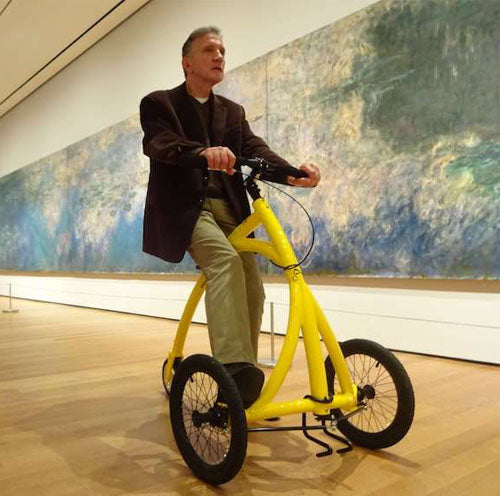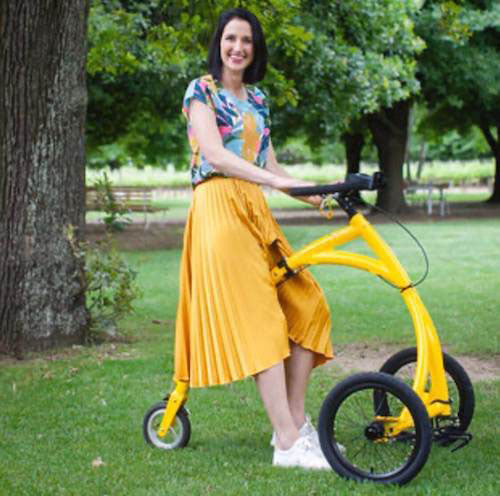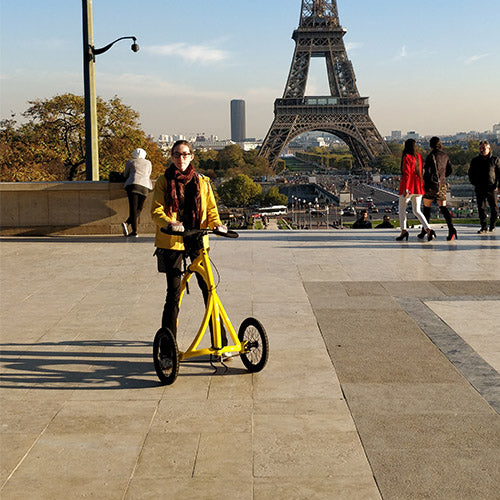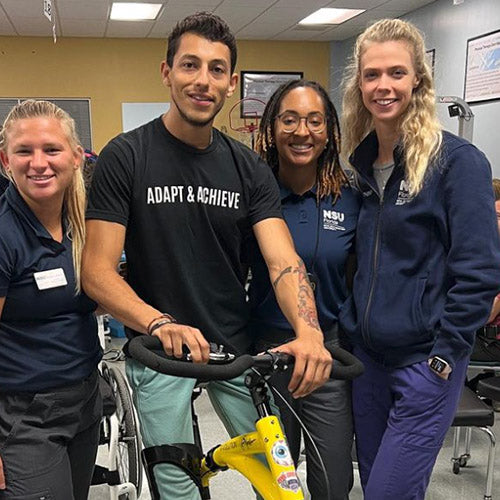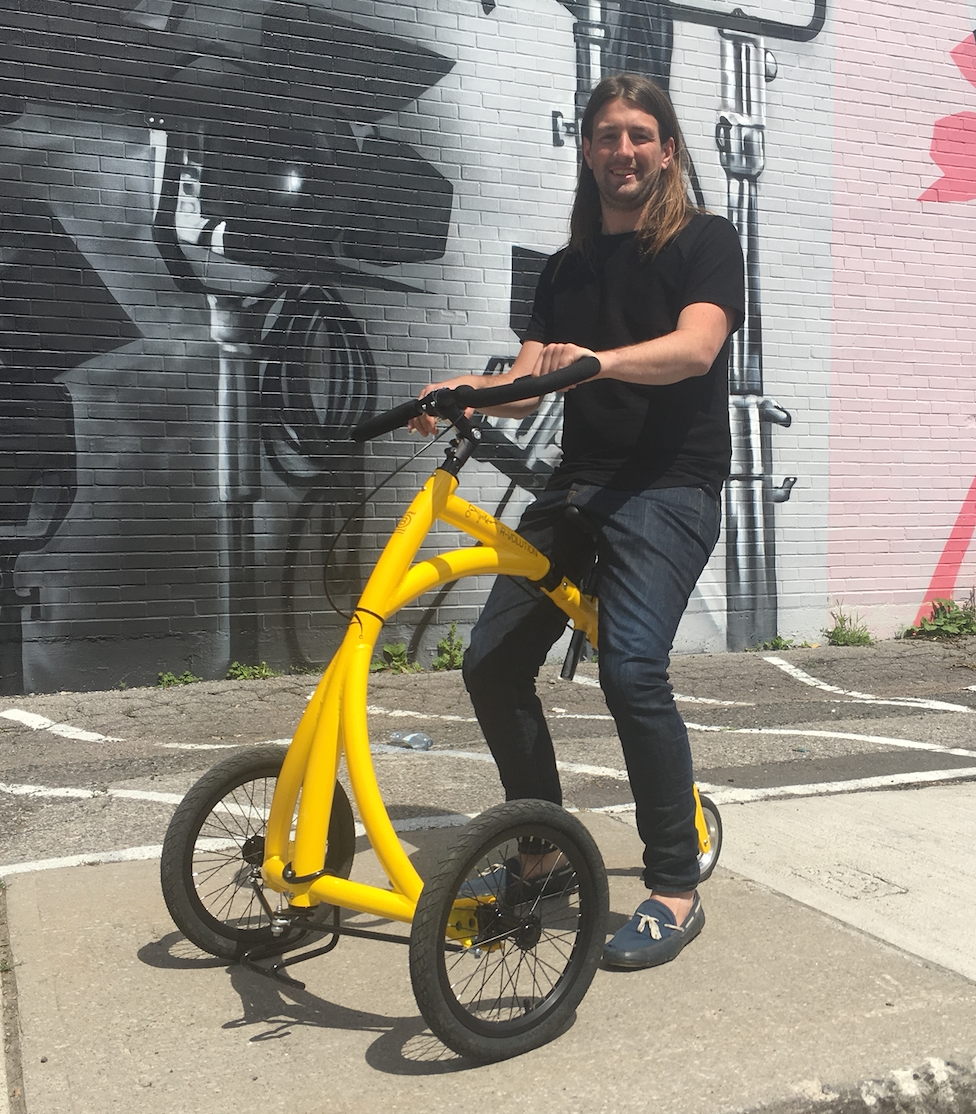Walking bikes are a unique mobility aid that enable people with various ambulatory issues to continue walking, and maintain an independent, active lifestyle. For many people with significant disabilities or injuries that impact their mobility, they may think (or may be told by their healthcare provider) that their only option is a wheelchair. While wheelchairs are critical and amazing technology for people who cannot use their legs at all, they don't provide an excellent solution for people who still have some use of their legs, but just can't walk unassisted.
We designed our walking bike, the Alinker, to provide an alternative to wheelchairs for people with mobility issues, but who still have some ambulatory capacity. Read on if you think a walking bike might be a good solution for you!
Will a Walking Bike Work for My (Disability / Illness / Disease?)
From engagement with our community, we know that we have Alinker users with a wide variety of issues that have resulted in their reduced mobility. These include, but are not limited to:
- Multiple Sclerosis
- Parkinson's
- Spinal cord injury
- Amputations
- Arthritis and/or chronic pain
- Cerebral Palsy
- Muscular Dystrophy (Including CMT)
- Pre-Diabetes
- Stroke Recovery
- Post-surgery rehab
- Ageing-related mobility issues
This list is non-comprehensive, but can give you a general sense of the types of issues that may make a walking bike a suitable alternative to a wheelchair. At a very basic level, we say that the Alinker can work for you if you are at least able to do the following:
- Have some command over your legs.
- Be able to lift one leg while standing on the other.
- Be aware and cognizant of your surroundings.
- Understand your own limitations in order not to overdo it or be unsafe
The Alinker can also be a great part-time solution for people who regularly use a wheelchair, but have the determination to practice standing and short-distance walking.
Is it hard to use a walking bike?
It takes practice, but with determination you can absolutely get it! We designed the Alinker for people who want to maintain a healthy, active, an engaged lifestyle despite their disabilities.
When you begin using the walking bike, you'll likely be engaging muscles that you haven't used in a while, and fatigue can happen quickly. We always encourage our customers to start slowly. Practice in your living room until you get comfortable on the bike. If you practice daily, and start with short sessions, you'll gradually build up the muscles and neural pathways that will allow you to go longer and long distances.
When should I start using a walking bike?
This depends on your specific situation, but in general we say that the sooner you get on the walking bike, the better. This is particularly true in the case of degenerative diseases. Since the Alinker allows you to continue to using your legs for longer than you would in a wheelchair, you are able to maintain your muscle mass and maintain the neural pathways that enable you to walk.
If you've gotten this far and you think the Alinker could work for you, then it probably can! Check out our How it Works section for video instructions and more info!


